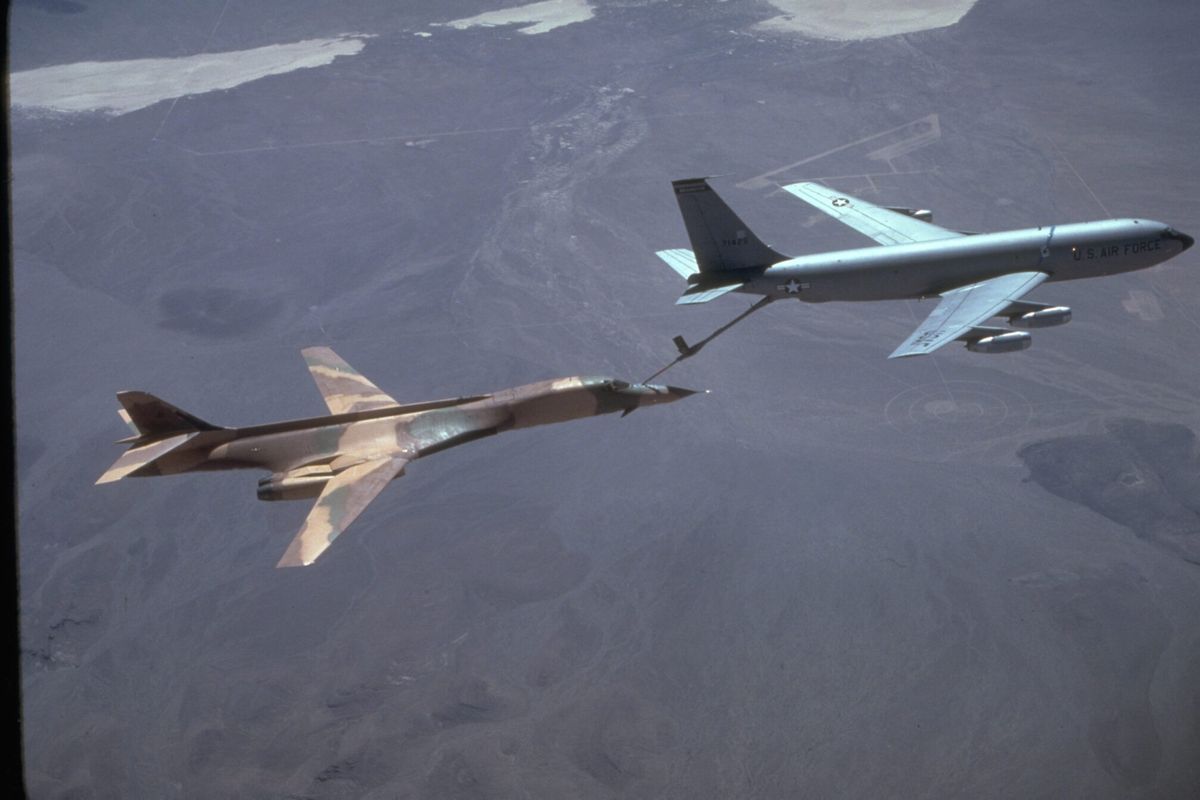Once billed the richest terrorist group in history, ISIS’ revenue streams are drying up, which may force it to rely more heavily on criminal enterprises and donations from like-minded extremists to survive.
The group has ceded nearly 90 percent of the territory it once controlled in Syria and Iraq, according to Brett McGurk, the special presidential envoy for the Coalition to Counter ISIS, speaking at a press conference held Tuesday evening at Fort Belvoir, Virginia.
As ISIS finds itself increasingly strapped for cash, the organization may turn to more traditional terrorist fundraising mechanisms to support its violent campaign across the Middle East and beyond.
“ISIS presented a different challenge for us in the Treasury Department since the group did not really use the traditional route of external fundraising,” said Leslie Ireland, Cipher Brief expert and former assistant secretary of the treasury for intelligence and analysis.
“But with the loss of territory and the loss of the ability to use that territory to generate funds, I would expect ISIS to take a page from other groups, such as al Qaeda and Hezbollah, and turn to external fundraising to acquire some of the funds that they need,” she assessed.
ISIS’ current fiscal predicament is a far cry from its peak earning period from mid-2014 through the end of 2015 when the group used large swaths of territory across Syria and Iraq that it had seized to construct an intricate financial system. Estimates suggest that the group was grossing between $1-3 million per day in November 2014 and as much as $80 million per month by the end of 2015.
At that time, ISIS’ caliphate of crime was primarily fueled by illegal oil and antiquities sales, the extortion and taxation of local populations and kidnappings for ransom. Towards the end of 2015, Iraqi intelligence and U.S. officials estimated that ISIS was generating $40-50 million per month in oil sales alone. In November 2015, the Washington Post reported that ISIS could be receiving as much as $360 million per year through taxation and extortion, and that the group had procured $35-$45 million in kidnap ransoms in 2014.
In an early 2016 interview with The Cipher Brief, Celina Realuyo, the former director of counterterrorism finance programs at the U.S. State Department, pointed out that after ISIS’ takeover of Iraq’s second largest city, Mosul, in June 2014, the group looted $450 million from Mosul’s central bank and extorted businesses throughout the city, “netting upwards of $8 million a month.” Overall, ISIS was believed to have captured as much as $1 billion from robbing banks across Syria and Iraq.
The U.S.-led Global Coalition to Counter ISIS viewed targeting ISIS’ finances as a key way to undermine the group. The coalition began conducting air strikes on ISIS oil fields, oil trucks and cash depots during a spate of bombings in October 2015, and the strategy has delivered tangible results.
“The U.S. air campaign against ISIS’ oil enterprise – known officially as Operation Tidal Wave II – has reduced ISIS revenue, increased the risks ISIS faces in producing and selling oil and forced ISIS to adopt less-productive refinement methods,” said Patrick Johnston, a senior political scientist at the RAND Corporation who specializes in counterterrorist finance.
“U.S. airpower has also been responsible for blowing up some two dozen of ISIS’ cash storage sites, including major banks in Mosul,” Johnston told The Cipher Brief. “The ratcheting up of U.S. airpower targeting ISIS’ financial assets in late 2015 prompted the group to adopt austerity measures that harmed morale, such as 50 percent salary cuts and the discontinuation of vehicle maintenance reimbursements.”
The U.S.-led aerial assault on ISIS’ illicit economy, combined with the international military effort to oust ISIS from the territory it controlled in Syria and Iraq, has helped plunge the group’s profits by about 80 percent over the last two years, according to IHS Markit, an organization that closely followed ISIS finances and draws on interviews, ISIS documents, United Nations reports and Syrian opposition sources to compute its findings. IHS Markit also calculated that during the second quarter of 2017, ISIS only brought in $16 million per month, a sharp decline from $81 million per month it had collected just two years earlier.
However, despite these financial setbacks, ISIS’ exploitation of oil still brings in around $4 million per month, and the group has doubled down on other sources of income, namely black market antiquities trading, to offset the losses incurred by its oil industry. “ISIS is increasing pressure on this line of trafficking to compensate for the loss of petroleum revenue,” a French security official told The Wall Street Journal in August.
As ISIS’ financial operations have evolved, so too have the coalition’s efforts to counter the group. The U.S Treasury Department sanctioned several ISIS militants operating in Syria and Iraq, as well as individuals affiliated with ISIS offshoots around the world. On Wednesday, the Treasury Department announced that it had imposed sanctions on Abu Sulayman al-Adani, the leader of ISIS’ Yemen branch, Nashwan al-Wali al-Yafi’I, the offshoot’s chief financial officer, and Khalid al-Marfadi, who has coordinated activity between ISIS and al Qaeda in Yemen.
The designations were part of the first cooperative action undertaken by the Terrorist Financing Targeting Center, which was created in May and is co-chaired by the U.S. and Saudi Arabia. Through the Center, the U.S., Saudi Arabia, Bahrain, Kuwait, Oman, Qatar and the United Arab Emirates have agreed to share information about terrorist financing and cohesively work to clamp down on such threats.
Nonetheless, although ISIS’ territorial control and financial operations are shrinking, Ireland cautions against easing the momentum or counting the terrorist group out.
“It is important to remember that just because ISIS has lost territory, that does not mean that it is going to step away from trying to control territory,” Ireland says. “They are committed to creating a caliphate and will come back, perhaps as an insurgency. That bears continued close watching.”
Bennett Seftel is deputy director of analysis at The Cipher Brief. Follow him on Twitter @BennettSeftel.












